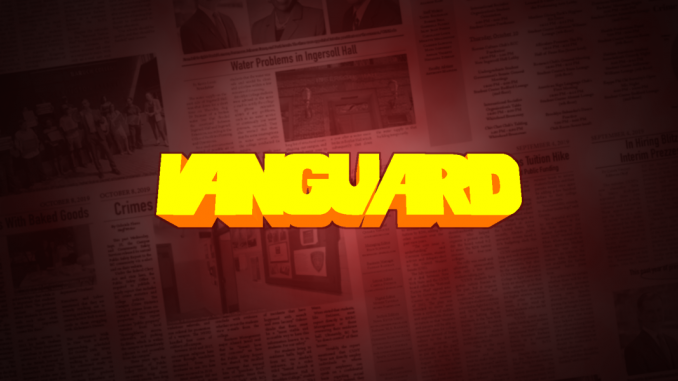
With the next Census mere months away, the federal government has begun holding job fairs to recruit temporary workers for their outreach effort. One such job fair was held at Brooklyn College on October 24th.
The census is a count which occurs every ten years and determines subjects such as funding allocations and legislative redistricting. In other words, the fewer people fill out the Census, the fewer dollars an area will receive in federal, state and local funding.
2020 will mark the first year participants will be able to fill out the census online. The outreach effort encompasses hundreds of thousands of temporary workers around the country, with over 14,000 in New York City alone.
“$25 an hour, you don’t have to quit your full-time job to work for us. You can work nights and weekends and be extremely successful. So it’s a great opportunity for students, for those who have a job but just want to learn a little extra money for maybe an upcoming trip or pay off some holiday bills,” said the Census Bureau’s New York Regional Office Director Jeff Bahler at an August town hall at Brooklyn College. “Recently retired but you’re not ready to sail into the sunset – come and work for us. The majority of jobs are short-term temporary jobs that lasts anywhere from 6 to 12 weeks per operation and we’re going to have five six seven operations over the next year.”
The temporary Census outreach jobs are eligible to any U.S. citizen over 18 years of age and pay between $20 and $25 an hour.
CUNY is also involved with Census 2020 in multiple other ways. For instance, the “CUNY Student Corps,” an outreach group consisting of 200 students and accepting applications until November 14. Unlike regular Census 2020 staff, Corps members will work through June 2020 at 12 hours a week and be paid $15 an hour.
“Census Corps provides paid work experience. Students will build their leadership, problem solving, teamwork, and communication skills as well as grow their networks so they have increased access to meaningful employment after graduation,” as per CUNY’s website.
CUNY is helping to review census-related grants to local organizations, and its Mapping Department created the “Hard to Count Map”. The map shows the percentages of responses within a local census tract. According to the map, Brooklyn’s College’s local tract is “one of the hardest to count,” with a mere 64.4% response rate. Other areas of Brooklyn have an even lower response rate, such as a tract with 52.1% in Brownsville.
“If you choose not to count or your neighbor chooses not to be counted, it will affect you, your community, your city and your state for the next 10 years. So we have to get this right,” said Bahler.
